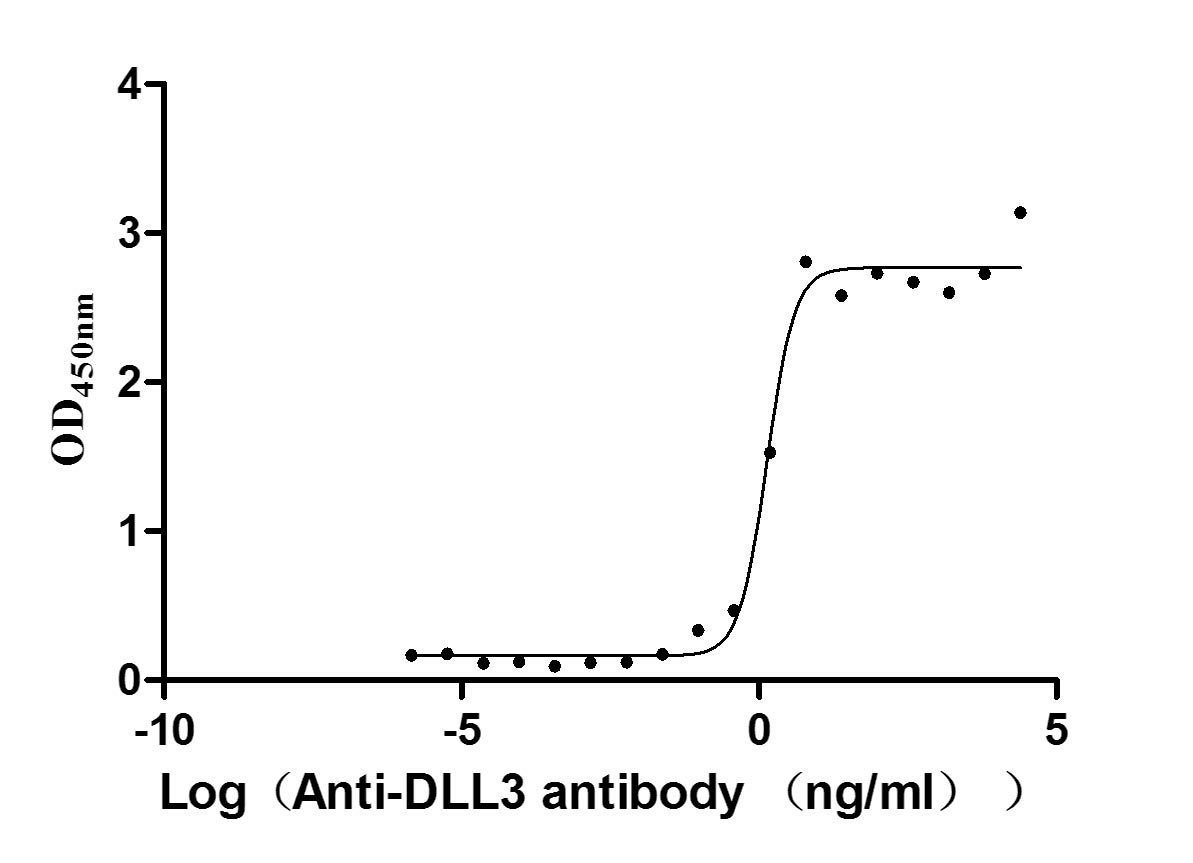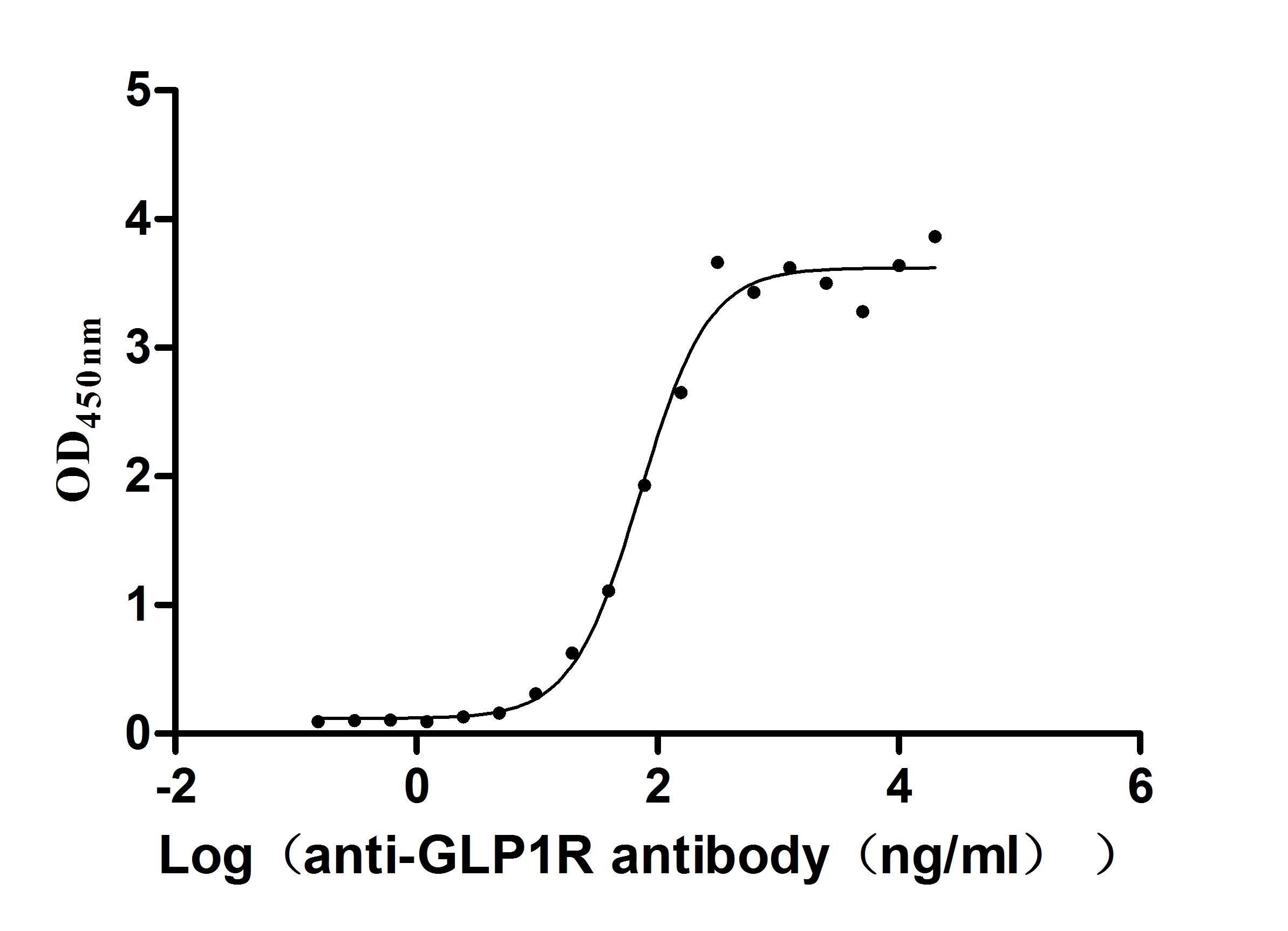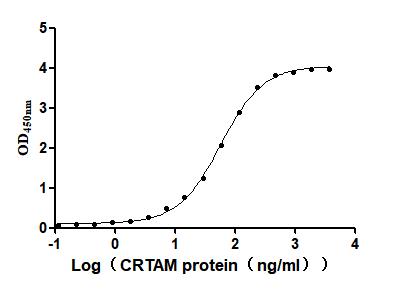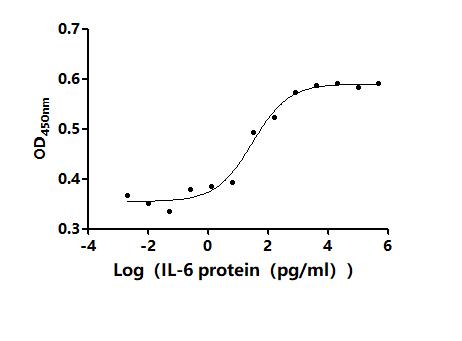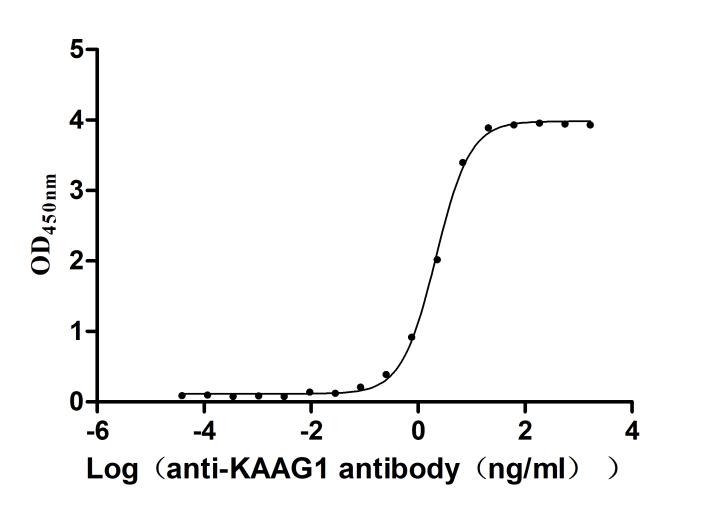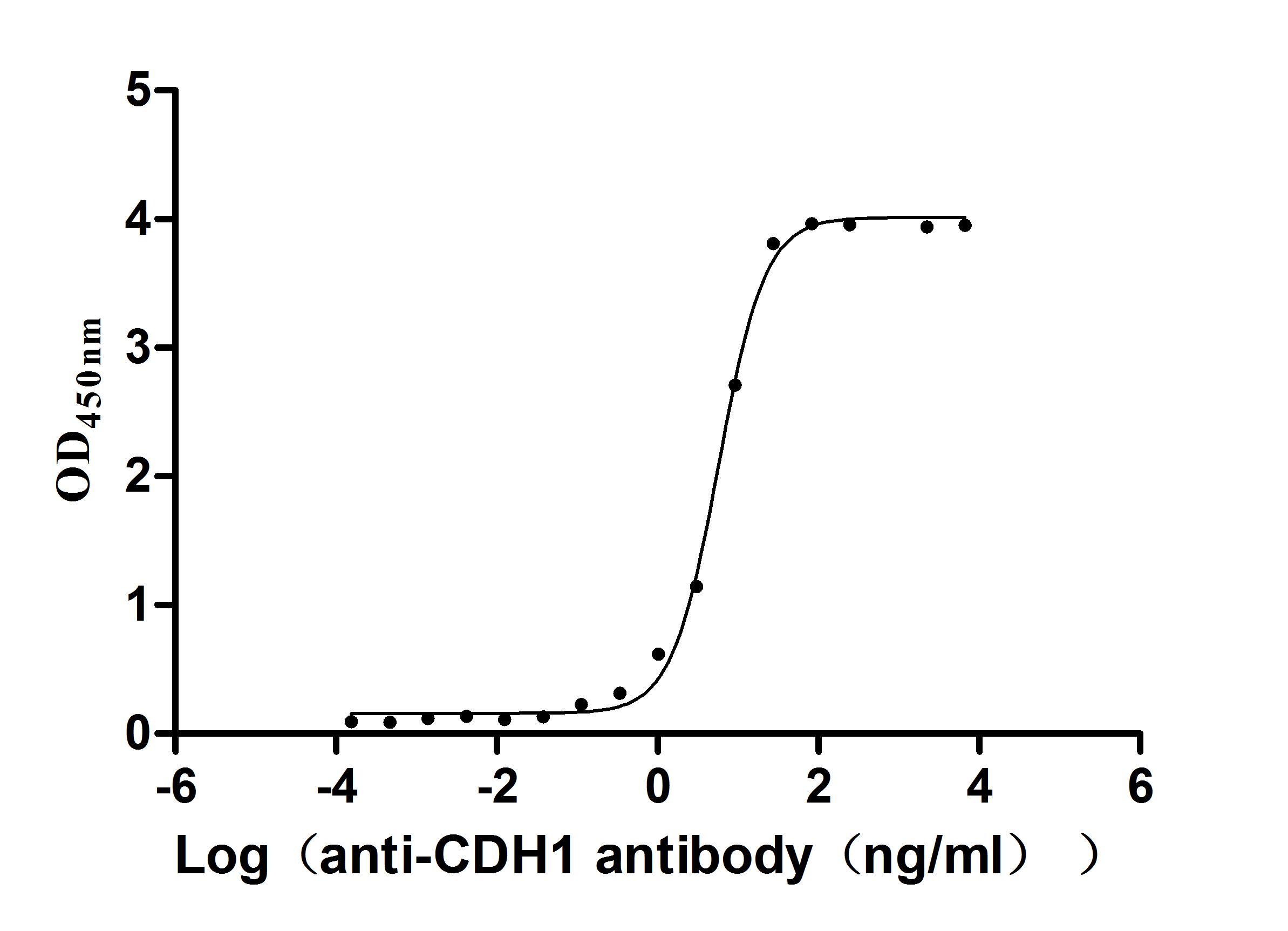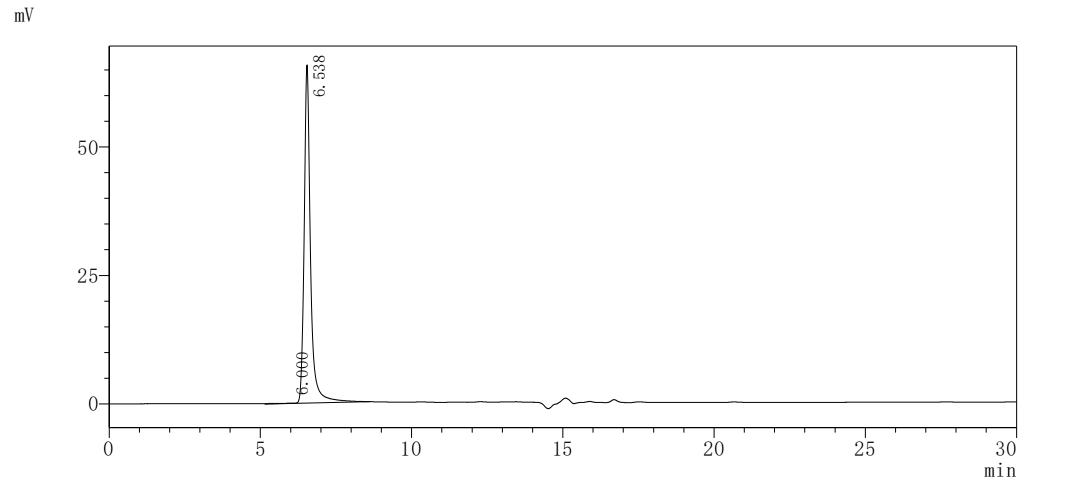Recombinant Mouse Elongator complex protein 1 (Ikbkap), partial
-
中文名称:小鼠Elp1重组蛋白
-
货号:CSB-YP742527MO
-
规格:
-
来源:Yeast
-
其他:
-
中文名称:小鼠Elp1重组蛋白
-
货号:CSB-EP742527MO
-
规格:
-
来源:E.coli
-
其他:
-
中文名称:小鼠Elp1重组蛋白
-
货号:CSB-EP742527MO-B
-
规格:
-
来源:E.coli
-
共轭:Avi-tag Biotinylated
E. coli biotin ligase (BirA) is highly specific in covalently attaching biotin to the 15 amino acid AviTag peptide. This recombinant protein was biotinylated in vivo by AviTag-BirA technology, which method is BriA catalyzes amide linkage between the biotin and the specific lysine of the AviTag.
-
其他:
-
中文名称:小鼠Elp1重组蛋白
-
货号:CSB-BP742527MO
-
规格:
-
来源:Baculovirus
-
其他:
-
中文名称:小鼠Elp1重组蛋白
-
货号:CSB-MP742527MO
-
规格:
-
来源:Mammalian cell
-
其他:
产品详情
-
纯度:>85% (SDS-PAGE)
-
基因名:Elp1
-
Uniprot No.:
-
别名:Elp1; Ikap; IkbkapElongator complex protein 1; ELP1; IkappaB kinase complex-associated protein; IKK complex-associated protein
-
种属:Mus musculus (Mouse)
-
蛋白长度:Partial
-
蛋白标签:Tag type will be determined during the manufacturing process.
The tag type will be determined during production process. If you have specified tag type, please tell us and we will develop the specified tag preferentially. -
产品提供形式:Lyophilized powder
Note: We will preferentially ship the format that we have in stock, however, if you have any special requirement for the format, please remark your requirement when placing the order, we will prepare according to your demand. -
复溶:We recommend that this vial be briefly centrifuged prior to opening to bring the contents to the bottom. Please reconstitute protein in deionized sterile water to a concentration of 0.1-1.0 mg/mL.We recommend to add 5-50% of glycerol (final concentration) and aliquot for long-term storage at -20℃/-80℃. Our default final concentration of glycerol is 50%. Customers could use it as reference.
-
储存条件:Store at -20°C/-80°C upon receipt, aliquoting is necessary for mutiple use. Avoid repeated freeze-thaw cycles.
-
保质期:The shelf life is related to many factors, storage state, buffer ingredients, storage temperature and the stability of the protein itself.
Generally, the shelf life of liquid form is 6 months at -20°C/-80°C. The shelf life of lyophilized form is 12 months at -20°C/-80°C. -
货期:Delivery time may differ from different purchasing way or location, please kindly consult your local distributors for specific delivery time.Note: All of our proteins are default shipped with normal blue ice packs, if you request to ship with dry ice, please communicate with us in advance and extra fees will be charged.
-
注意事项:Repeated freezing and thawing is not recommended. Store working aliquots at 4°C for up to one week.
-
Datasheet :Please contact us to get it.
靶点详情
-
功能:Component of the RNA polymerase II elongator complex, a multiprotein complex associated with the RNA polymerase II (Pol II) holoenzyme, and which is involved in transcriptional elongation. The elongator complex catalyzes formation of carboxymethyluridine in the wobble base at position 34 in tRNAs. Involved in neurogenesis. Regulates the migration and branching of projection neurons in the developing cerebral cortex, through a process depending on alpha-tubulin acetylation. May act as a scaffold protein that may assemble active IKK-MAP3K14 complexes (IKKA, IKKB and MAP3K14/NIK).
-
基因功能参考文献:
- Although mitochondrial impairment was detected in all Ikbkap-deficient retinal neurons, retinal ganglion cells were the only cell type to degenerate; the survival of other retinal neurons was unaffected. PMID: 29929962
- data reveal an essential function for Ikbkap that extends beyond the peripheral nervous system to CNS development and function PMID: 28167615
- Results show that although Ikbkap is not required for normal development of retinal ganglion cells, its loss causes a slow, progressive retinal ganglion cells degeneration most severely in the temporal retina, which is later followed by indirect photoreceptor loss and complete retinal disorganization. PMID: 27699209
- Our results show that tissue-specific expression of RBM24 can explain the neuron-specific aberrant splicing of IKBKAP exon 20 in familial dysautonomia, and that ectopic expression of RBM24 in neuronal tissue could be a novel therapeutic target of the disease. PMID: 28592461
- ELP1 has a neuron autonomous role in sympathetic and sensory target tissue innervation PMID: 24917501
- Phosphatidylserine increases IKBKAP levels in a humanized knock-in IKBKAP mouse model for Familial dysautonomia. PMID: 23515154
- Familial dysautonomia model reveals Ikbkap deletion causes apoptosis of Pax3+ progenitors and peripheral neurons. PMID: 24173031
- our study not only reveals a novel function of IKAP in meiosis, but also suggests that IKAP contributes to this process partly by exerting its effect on transcription and tRNA modification PMID: 23717213
- IKAP expression levels modulate disease severity in a mouse model of familial dysautonomia. PMID: 22922231
- IKAP is essential for expression of specific genes involved in cardiac morphogenesis, and cardiac failure is the likely cause of abnormal vascular development and embryonic lethality; deletion of exon 20 abolishes gene function PMID: 22046433
- mutations in the human I-kappaB kinase-associated protein (IKBKAP) gene are responsible for familial dysautonomia (FD).no animal model of FD currently exists, cloning of the mouse Ikbkap gene is an important step toward creating a mouse model for FD PMID: 11747609
- description of a humanized IKBKAP transgenic mouse that models a tissue-specific human splicing defect PMID: 17644305
- IKAP is crucial for both vascular and neural development during embryogenesis and that protein function is conserved between mouse and human. PMID: 19015235
显示更多
收起更多
-
亚细胞定位:Cytoplasm. Nucleus.
-
蛋白家族:ELP1/IKA1 family
-
组织特异性:Widely expressed with highest levels in brain.
-
数据库链接:
Most popular with customers
-
Recombinant Human Delta-like protein 3 (DLL3), partial (Active)
Express system: Mammalian cell
Species: Homo sapiens (Human)
-
Recombinant Human Glucagon-like peptide 1 receptor (GLP1R), partial (Active)
Express system: Mammalian cell
Species: Homo sapiens (Human)
-
Recombinant Mouse Cytotoxic and regulatory T-cell molecule (Crtam), partial (Active)
Express system: Mammalian cell
Species: Mus musculus (Mouse)
-
-
Recombinant Human Kidney-associated antigen 1(KAAG1) (Active)
Express system: E.coli
Species: Homo sapiens (Human)
-
Recombinant Human Cadherin-1(CDH1),partial (Active)
Express system: Mammalian cell
Species: Homo sapiens (Human)
-
Recombinant Human C-C chemokine receptor type 9 (CCR9)-VLPs (Active)
Express system: Mammalian cell
Species: Homo sapiens (Human)


